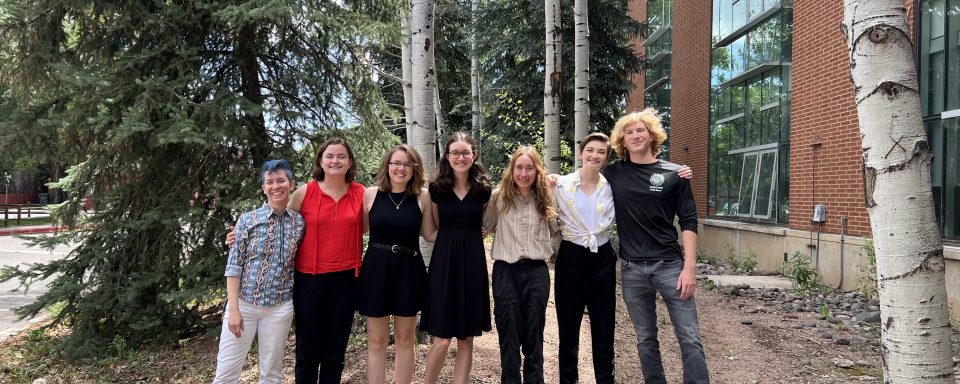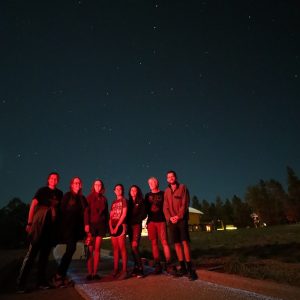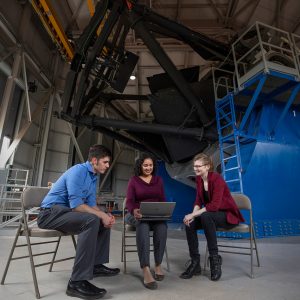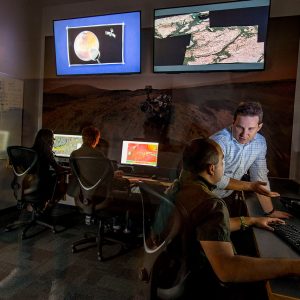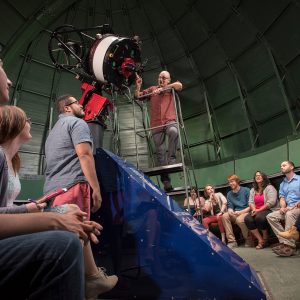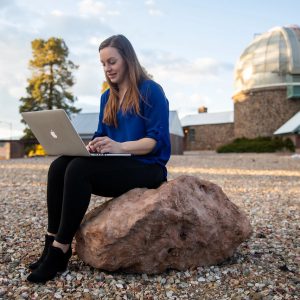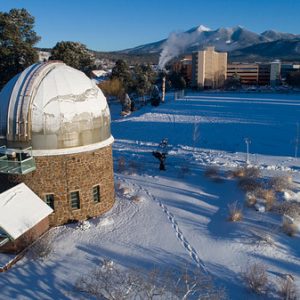NAU Astro REU
Astro REU Locations
NAU Research Experiences for Undergraduate in Astronomy and Planetary Science internship opportunities are offered at several locations across Flagstaff, Arizona. Click the links below to learn more about each one.
 NAU Dept. of Applied Physics and Materials Science
NAU Dept. of Applied Physics and Materials Science
 NAU Center for Ecosystem Science and Society
NAU Center for Ecosystem Science and Society
 USGS Astrogeology Science Center
USGS Astrogeology Science Center
 USGS Southwest Biological Center
USGS Southwest Biological Center
 Lowell Observatory
Lowell Observatory
 Naval Observatory Flagstaff Station
Naval Observatory Flagstaff Station

Research Experiences for
Undergraduates in Astronomy
& Planetary Science
Northern Arizona University (NAU) in Flagstaff, Arizona, has been a Research Experiences for Undergraduates site sponsored by the National Science Foundation since 1991. Undergraduates (typically, upper level) are paid a stipend to work on a research project during the summer months. Our REU pays well and is a great opportunity to, get an idea of what doing research is like, gain knowledge, enhance your skill-sets, research outside of your home institution, meet other like-minded students who are interested in astronomy, planetary science and explore Flagstaff and Arizona. Applications are highly competitive.
